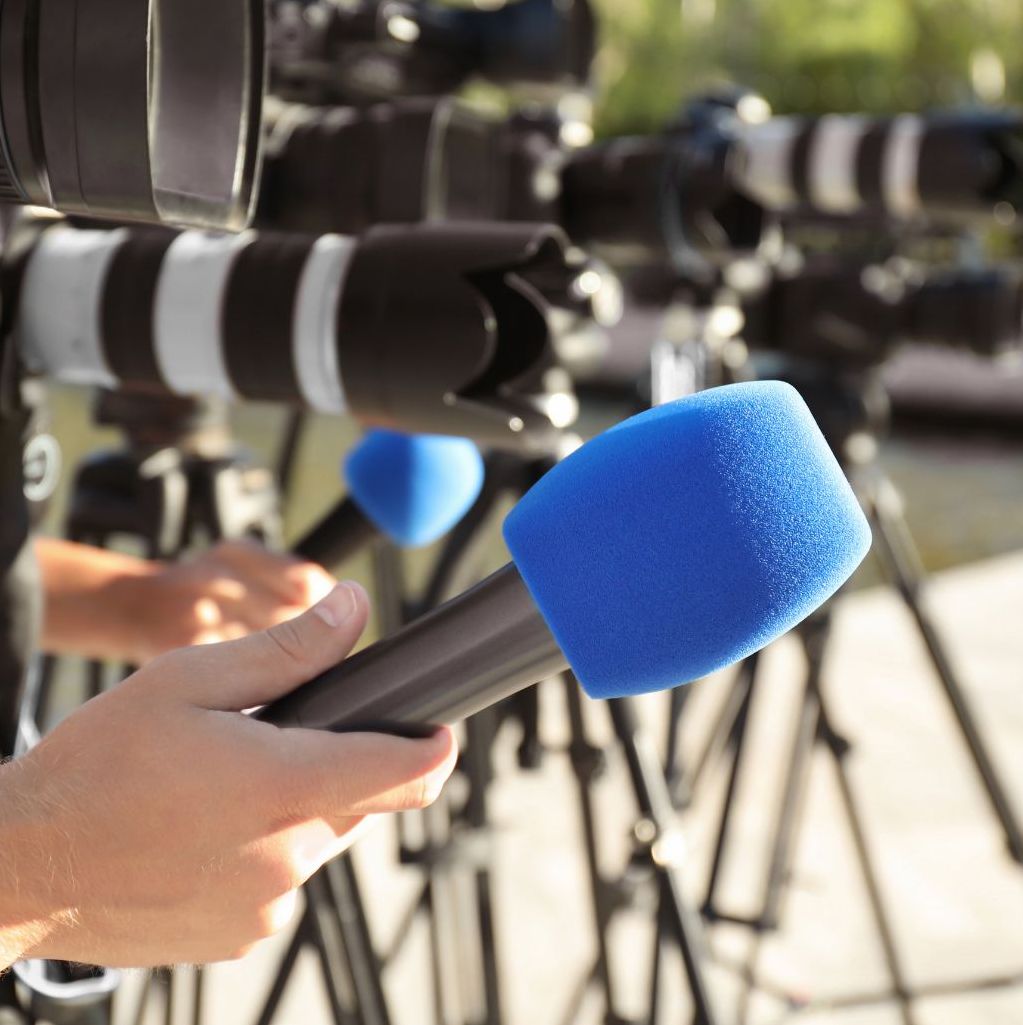Challenging Audio: Overcoming Background Noise
Quality Transcripts from Challenging Audio
Clear and accurate audio transcripts are crucial. Yet, anyone who has ever tried to transcribe noisy audio knows the challenge that background noise presents. Whether it’s the clatter in a busy café, the wind during a field survey, or the chaos of an emergency situation, unwanted sounds can severely impact the quality of audio recordings and, consequently, the accuracy of transcripts.
Common Questions on Transcribing Noisy Audio:
- How can I improve the accuracy of transcriptions from poor-quality audio?
- What technologies help reduce background noise in recordings?
- Why is high-quality transcription important in fields like journalism and emergency response?
Transcribing Noisy Audio And Background Noise Reduction
Understanding Audio Quality and Its Challenges
Transcribing noisy audio often begins with understanding the types of noises and how they interfere with clarity.
When tackling the transcription of noisy audio, it’s critical to first understand the types of background noises present and how they can obscure speech. Common disruptive sounds include traffic noise, overlapping conversations, and environmental sounds like wind or machinery. Each type of noise not only reduces the clarity of the audio but also poses unique challenges in filtering without losing vital speech details. The quality of the recording equipment, the setting, and even the positioning of the microphone can dramatically affect the types of interference captured alongside the intended audio.

Moreover, different environments produce varying acoustic challenges that require specific attention during both recording and transcription processes. For instance, indoor recordings may suffer from echo and reverberation, while outdoor settings might struggle with wind and distant noises.
Understanding these nuances is essential for selecting the right tools and techniques for effective noise mitigation. This deep dive into the nature of audio disruptions helps transcriptionists prepare better, ensuring they can maintain accuracy despite challenging audio conditions, thereby enhancing the reliability of the final transcript.
Techniques for Background Noise Reduction
Techniques and tools that can be utilised for effective background noise reduction, enhancing the overall quality of the audio and easing the transcription process.
Effective background noise reduction begins with a combination of best practices during recording and sophisticated post-processing techniques. Initially, choosing the right type of microphone and optimising its placement can significantly minimise unwanted ambient sounds. Directional microphones, for example, can focus on the speaker and reduce the intake of peripheral noises. Additionally, using microphone shields and wind protectors can further enhance recording quality in noisy environments.
Post-recording, various digital tools and software come into play to further clean the audio. Noise reduction algorithms are designed to identify and diminish background sounds without distorting the speech. This involves advanced audio editing software that can isolate speech frequencies and diminish competing noise. Furthermore, continual updates in software capabilities mean that it’s vital for transcriptionists to stay current with the latest in audio processing technology to ensure they are using the most effective tools available, thus maximising the clarity of the transcribed text.
Technological Advances in Audio Filtering
Advancements in software and hardware that aid in filtering out unwanted noise without compromising the integrity of the speech.
The landscape of audio filtering technology is rapidly evolving, driven by innovations in both hardware and software. Modern digital signal processing (DSP) technologies are at the forefront of filtering out unwanted noise while preserving the integrity of speech. These technologies leverage algorithms that can adapt to different noise environments, dynamically adjusting to reduce background sounds while enhancing speech clarity. This is particularly beneficial in environments where noise levels can fluctuate unexpectedly.
Additionally, machine learning and AI are playing increasingly significant roles in audio enhancement. These systems learn from vast datasets of noisy audio files to better distinguish between noise and speech, resulting in more accurate automatic enhancements. As these technologies advance, they not only improve the efficiency of the transcription process but also the accuracy of transcriptions in real-time scenarios, making them invaluable tools for professionals who require immediate and clear textual representations of spoken words.
Case Study: Importance of Quality Transcripts in Journalism
Why clear transcriptions are vital for accurate reporting and how overcoming audio quality issues can impact news integrity and reliability.
In journalism, the accuracy of a transcript can directly impact the credibility of a news story. High-quality, clear transcriptions ensure that journalists can accurately report spoken words, crucial for maintaining the integrity and reliability of news. This is especially true in investigative journalism, where precise quotes and context can be pivotal. Misinterpretation due to poor audio quality can lead to misinformation and potentially damage the reputation of the media outlet.
Furthermore, in an era where content can go viral in minutes, the demand for rapid turnaround times puts additional pressure on journalists to deliver accurate transcripts quickly. Advanced transcription services that can handle noisy environments are therefore critical, not only for efficiency but also for maintaining journalistic standards. These tools enable reporters to focus more on the content of their stories and less on deciphering what was said, thereby supporting a more robust and reliable journalistic practice.
Role of Transcriptions in Emergency Responses
The critical role that clear and quick transcription plays in emergency management, where every second and every word counts.
In emergency response scenarios, every second counts, and the clarity of communication can literally be life-saving. Clear, quick, and accurate transcriptions of communications, whether they are radio transmissions, phone calls, or on-the-ground reports, help coordinate efforts effectively and can significantly impact the outcome of emergency situations. For instance, accurately transcribed messages can ensure that instructions are clearly understood and followed, reducing the risk of miscommunication in high-stress environments.
Moreover, in post-response evaluations, transcriptions of emergency calls and operations play a crucial role in training and procedural adjustments. They provide a verbatim record that agencies can analyse to improve future responses.
This underscores the importance of reliable transcription services that can operate effectively in noisy, chaotic environments typical of emergency scenarios. The ability to filter out background noise and focus on relevant communication is not just a technical requirement but a critical component of effective emergency management.

Field Research and the Need for Reliable Transcripts
Strategies to secure high-quality audio recordings in these challenging conditions.
Field researchers frequently work in environments that are far from controlled, from bustling urban settings to remote and windy landscapes. Each setting presents its own set of audio challenges, making the capture of clear audio a significant task. High-quality, reliable transcripts are vital for accurately documenting observational data, interviews, and ambient sounds that are often integral to research findings. For example, an ecologist recording wildlife sounds must ensure that background noises such as wind or rain are minimised to not obscure the sounds of interest.
Strategies to improve recording quality in these varied environments include using specialised recording equipment suited for specific conditions, such as waterproof or wind-resistant microphones. Additionally, training field researchers in optimal recording techniques—such as microphone placement and the use of natural barriers for wind reduction—can significantly enhance the quality of the captured audio. The availability of portable, high-quality recording devices and noise-cancelling technologies also helps in achieving clearer audio, which in turn facilitates more accurate transcriptions, ensuring that the data collected is both reliable and useful for analysis and reporting.
Human Versus Automated Transcription
A comparative analysis of human transcription services versus automated technologies.
The debate between using human transcription services and automated transcription technologies often centres on the balance between accuracy and efficiency. Automated transcription systems are incredibly fast and can be highly cost-effective, especially suitable for clear, well-recorded audio. However, in environments with significant background noise, these systems often struggle to maintain high accuracy levels. On the other hand, human transcriptionists can better understand context, manage crosstalk, and discern subtle nuances in speech, which are capabilities still underdeveloped in many AI systems.
For critical tasks, especially in noisy conditions, a hybrid approach is often the best strategy. Initial drafts produced by AI can be reviewed and refined by human transcriptionists, combining the speed of automation with the accuracy of human oversight. This approach not only improves the quality of the transcripts but also enhances the scalability of transcription services to handle large volumes of audio efficiently. This method is particularly effective in professional fields where the accuracy of every word can carry significant implications, such as legal proceedings, medical records, and high-stakes business meetings.
Data Security and Compliance in Transcription
How transcription services, like Way With Words, ensure that all processes from recording to transcription adhere to GDPR and data compliance, especially when dealing with sensitive information.
Ensuring the security and compliance of transcription processes is paramount, especially when dealing with sensitive information. Transcription services must adhere to strict data protection standards, such as GDPR, to safeguard the privacy of individuals and the integrity of the data processed. This is crucial not only for maintaining trust with clients but also for adhering to legal requirements that protect personal and sensitive information.
Way With Words, for example, emphasises robust security measures in their transcription services. They implement advanced encryption for both stored and in-transit data, conduct regular security audits, and ensure that their human transcribers are trained in compliance with privacy laws. Such measures are essential not only for protecting data but also for ensuring that the services are adaptable to various regulatory environments, making them suitable for global clients who may face different data protection regulations.
Custom Solutions for Difficult Audio Situations
Tailored solutions offered by transcription services that handle exceptionally challenging audio scenarios, including customisation options available for specific needs.
Dealing with difficult audio requires more than just standard transcription services; it necessitates custom solutions tailored to the specific challenges presented by the audio. For instance, recordings from a noisy construction site may need different handling compared to a quiet, echo-prone lecture hall. Transcription services must be flexible and innovative, offering options like background noise reduction, specialised microphones, and even bespoke AI models trained on specific types of background noises.
Way With Words excels in providing such tailored solutions. They offer a range of services that can be customised according to the client’s needs, from selecting the most appropriate technology stack for noise reduction to employing specialised human transcribers with expertise in different dialects and terminologies. This approach not only improves the accuracy of the transcripts but also enhances client satisfaction by addressing the unique requirements of each transcription task effectively.
Success Stories in Overcoming Audio Quality Issues
Real-world examples and case studies where advanced transcription techniques have successfully overcome significant audio quality barriers, providing actionable insights for others.
The proof of effectiveness in dealing with noisy audio comes through success stories where significant audio quality barriers were overcome. In one notable case, a research team working in a bustling urban environment was able to accurately document street conversations for a sociolinguistic study, thanks to advanced noise-cancelling recording equipment and expert transcription services. Another example involves emergency responders who, during a major disaster, relied on accurately transcribed communications, enabling efficient and coordinated rescue operations despite the chaotic background noise.

These success stories highlight not only the technical capabilities of modern transcription services but also their impact on real-world situations. They demonstrate the value of investing in quality transcription services that can handle complex audio scenarios, thereby ensuring that vital information is captured accurately and effectively, regardless of the acoustic challenges present.
These examples serve as compelling testimonials to the importance of advanced transcription capabilities in a variety of professional fields, from academic research to emergency management.
Key Tips For Audio Quality Improvement
- Pre-Recording Checks: Always perform sound checks and use high-quality recording equipment tailored to the environment.
- Post-Recording Adjustments: Utilise audio editing software to reduce noise and enhance speech clarity before transcribing.
- Choose the Right Service: Opt for transcription services that offer both automated and human-assisted transcription to balance speed and accuracy.
- Review and Revise: Always review transcripts and have them checked by a second set of ears to catch any discrepancies.
- Stay Updated: Keep abreast of new technologies and tools in audio recording and transcription that can improve outcomes in challenging conditions.
The challenge of transcribing noisy audio is significant, yet not insurmountable. With the right tools, techniques, and services, one can achieve high-quality transcripts even in the most adverse conditions. Remember, the key to successful transcription in noisy environments is not just about using advanced technology but also about understanding the nature of audio challenges and selecting a transcription service that can provide customised, secure, and precise solutions.
Featured Transcription Service For Transcribing Noisy Audio
Throughout this discussion, we’ve seen how transcription of noisy audio can be effectively managed through advanced technologies and meticulous strategies. Way With Words stands out by offering an array of transcription and speech-to-text solutions tailored to meet unique client demands. Whether it’s leveraging sophisticated software for automatic transcriptions or employing skilled transcribers for manual checks, Way With Words ensures top-notch accuracy. Their commitment to data protection and compliance with GDPR makes them a reliable choice for any transcription needs.
Resources For Audio Quality Improvement
Way With Words – Your ultimate solution for all your transcription and speech-to-text needs and custom requirements.
National Institute of Standards and Technology: Provides guidelines and resources for improving audio quality in various recording environments.
